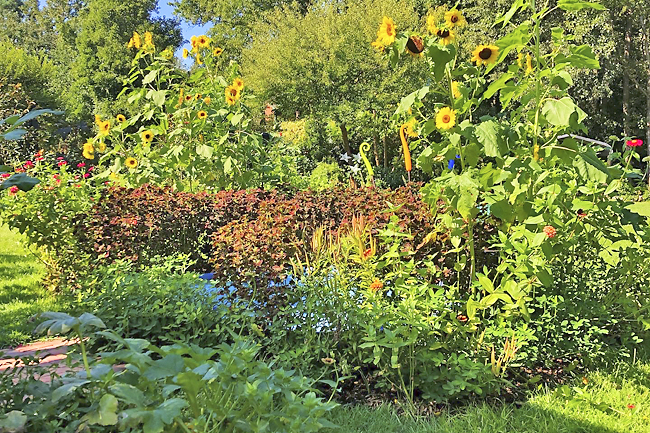AP – I recently started my seeds – tomatoes, cucuzza squash, climbing zucchini, golden beets, Florida cranberries, nasturtiums, zinnias, edelweiss, various herbs and roma beans. They barely fit on my kitchen counter, which becomes a transient nursery every spring. Come planting time, they also won’t all fit in my four-by-four-foot raised beds, grow bags, earth boxes or around the arbor I installed last year.
But rather than curtail my ambitions, I’ll slip sweet potatoes, onions, extra tomatoes and other edibles into my front-yard flower garden. The practice of combining fruits, vegetables and herbs with ornamental plants – called “foodscaping” – is worth considering even if you’re not short on space, as it can create visual interest in your beds and borders. FIRST, SOME GROUND RULES All plants, whether edible or ornamental, should be grouped according to their sunlight, water and fertiliser requirements.

Mixing them up is a recipe for disaster. Don’t do it. Even if two plants are sun lovers, consider whether either will grow so large that it shades out the other.
Follow the spacing recommendations on your seed packs or plant tags. They are meant to accommodate the mature size of plants and thwart fungal and mold diseases that result from overcrowding. This will also protect nearby ornamentals.
Your edibles should be easily accessible for frequent pest- and disease-monitoring, watering and harvesting. Ensure a clear path to avoid trampling perennials and an.
















